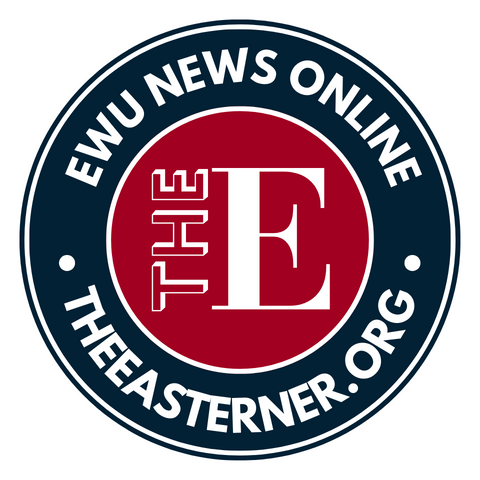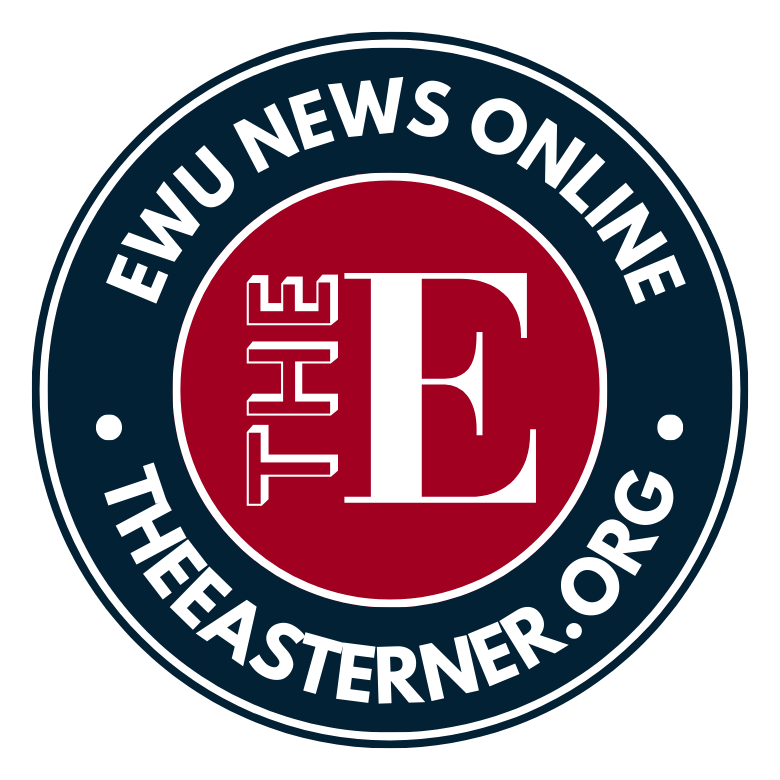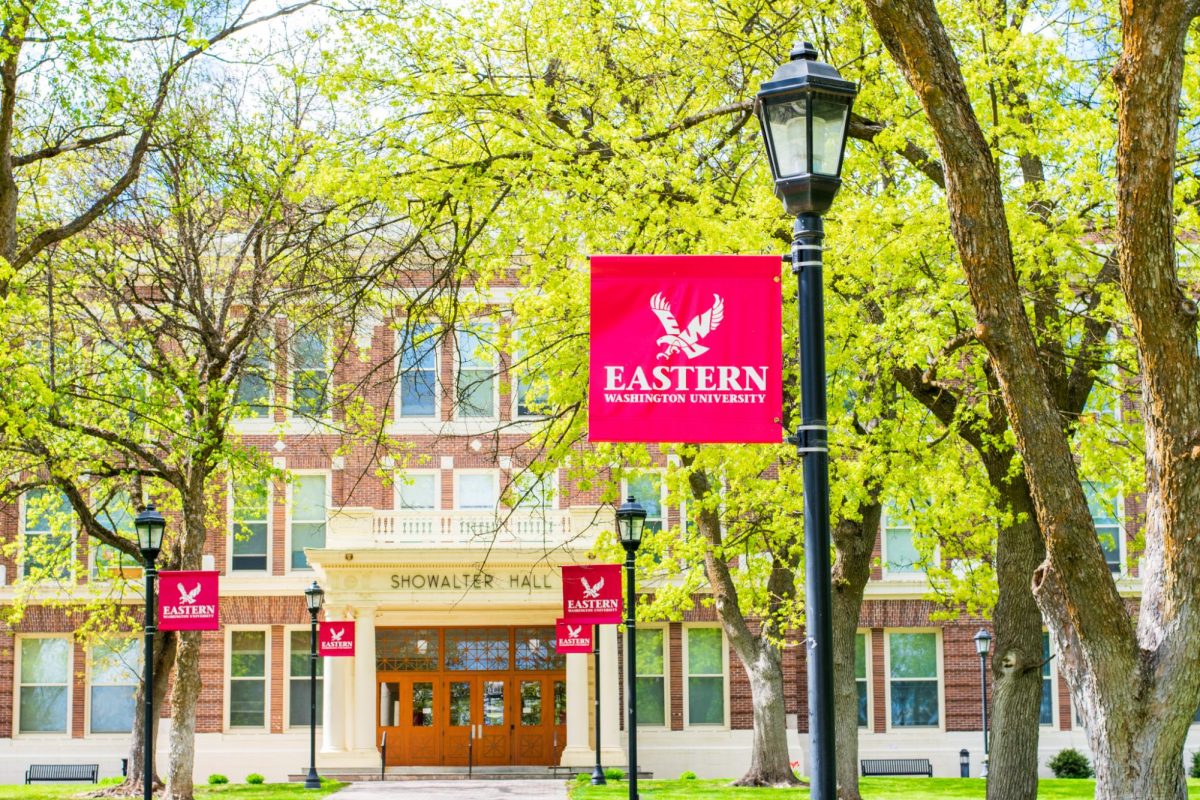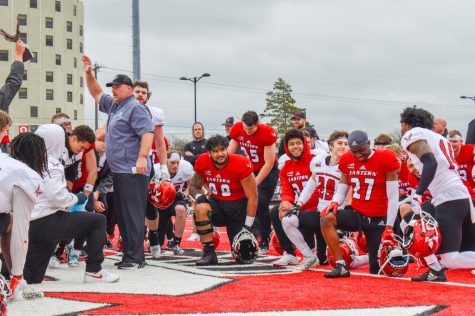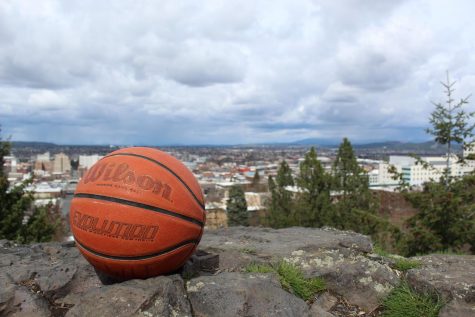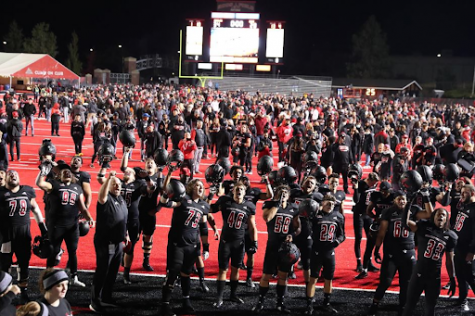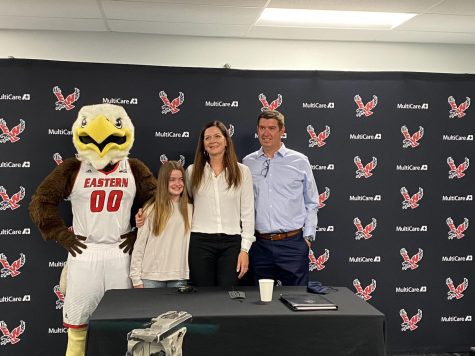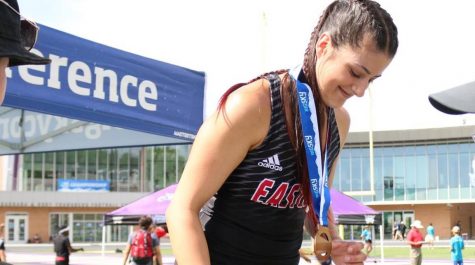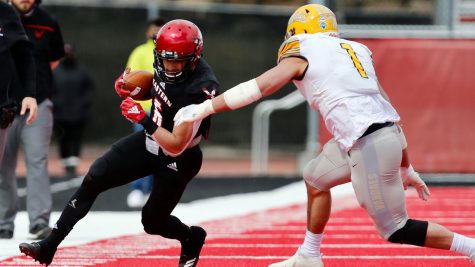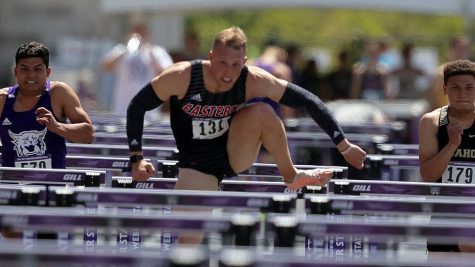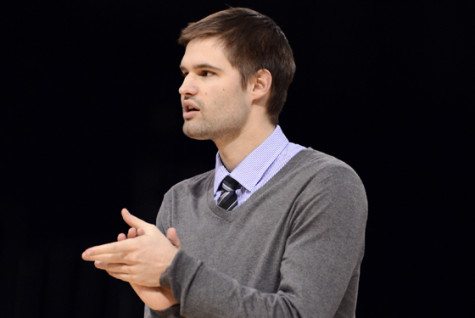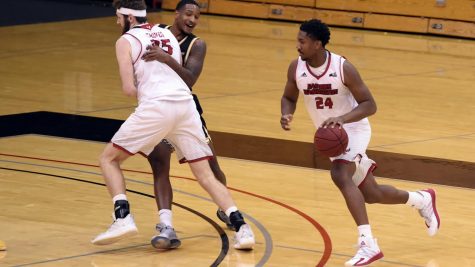UPDATED: Fall sports filled with uncertainty at EWU
May 25, 2020
In a normal world, fall sports would be getting under way in the next few months. But the world is anything but normal right now, and as a result, uncertainty reigns about what fall sports will look like at EWU in 2020.
“The overall concern needs to be the health and safety of our students, our staff and our fans before we jump into anything,” EWU athletic director Lynn Hickey said.
Adding to the uncertainty was an announcement made by the Big Sky Conference last week stating each school will have the choice of when to resume athletic activities with an eye on the fall in accordance with its state government’s guidelines. The ramifications are being felt conference-wide.
California has already declared that state schools will have fully online classes in the fall, which casts doubt toward BSC members such as Sacramento State and Cal Poly (for football) having sports. Conversely, schools like Montana and Idaho are expected to begin voluntary offseason workouts this week.
Hickey said the disparity among when schools deem it safe to resume athletic activities will lead to a lack of equity among whichever universities participate in fall sports.
“There may be some teams that will play more fall sports teams than others,” Hickey said. “It’s not something that maybe seems really fair … but we just have to put some financial parameters around there. This isn’t a year to worry that Joey doesn’t get what Tommy gets.”
EWU isn’t yet sure what direction it will take for fall sports. Hickey doesn’t expect a final decision until July.
One of the biggest question marks surrounds the team EWU is best known for: football. EWU doesn’t yet know whether it will have a football season or what that season will look like. Many options are on the table, including playing schools that are within a bus drives’ length or playing some schools twice in order to fill a full schedule.
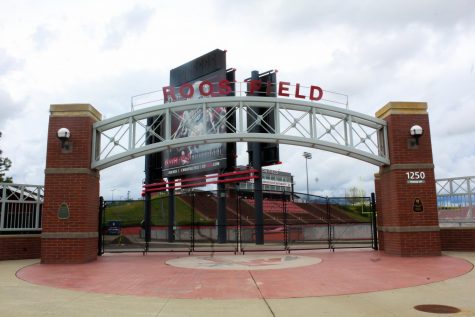
Hickey said athletes will need at least four to six weeks to prepare for a season, so the start of fall sports will have to act in accordance with when that is safe to occur.
A worst case scenario for EWU fans is likely if it’s deemed unsafe to have fans in the stands. Hickey said she doesn’t see a fiscally viable solution for football games where there’s no ticket revenue, making the 2020 season unlikely in this situation.
“I don’t know financially how you would sponsor a football stadium without fans in the stadium, because then we’d have no revenue,” Hickey said. “How do we finance our home games? How do we have our teams travel when we’re not producing revenue?”
Hickey noted that football season is very important to many Power 5 schools, so she anticipates necessary authorities will work to make sure there’s a football season, albeit with potential modifications.
Another consideration for EWU is its scheduled season opener against the University of Florida on Sept. 6. EWU would make $750,000 from UF for that game, a check the Eagles could certainly use in cash-strapped times. That check is the largest “money game” scheduled for an FBS vs FCS match across the NCAA in 2020.
If it isn’t safe to play UF by Sept. 6, there is a policy in BSC bylaws that would allow EWU to forfeit a conference game to reschedule against UF to try and make that money. There would be a financial penalty for sacrificing a conference game, but it wouldn’t be as big as the potential $750,000 check coming from the UF game.
“That’s going to be something we’ll watch very closely and probably be one of the first things we have to make a decision on,” Hickey said.
Other sports, such as volleyball and soccer, are also up in the air. Those seasons will look different than normal in the BSC. The regular season champion in soccer will receive an automatic bid to the NCAA Tournament; no BSC tournament will be played. Volleyball will play a 16-game regular season conference schedule, with the top four teams advancing to the BSC Tournament.
Hickey said if a similar situation evolves where it’s deemed unsafe to have fans in the stands for soccer and volleyball, it wouldn’t make sense to risk that same situation for the athletes.
“If it’s not safe for 200 people to sit and watch a soccer game, then why are we allowing kids on the field running into each other and sweating all over each other?” Hickey said. “That doesn’t make sense. I would say if it’s not safe to sit there and watch, why would you put student-athletes in jeopardy?”
Men’s and women’s basketball is also facing a tweak. The Big Sky announced on May 22 that the conference season would be shortened to 16 games from its usual 20 as a cost-cutting measure. The conference still plans to hold its tournament next March in Boise with all 11 teams participating.

One of the few guarantees surrounding the athletic department is budget cuts. Right now, they’re being asked to cut between 20-30% of their overall budget, according to Hickey. Most of what will be cut has yet to be decided, but some administrative positions that are currently vacant won’t be filled. The slices won’t stop there.
“The first thing we’re looking at is team travel,” Hickey said. “We’ll look at the whole gamut of game experience expenses … as we go through this process, if we cannot find enough funds to meet our realignment, we’ll have to look at the next level of (cuts).”
Hickey said other cuts EWU is looking into include officiating costs and salary cuts among various staff.
The athletic department is preliminarily looking to cut $2.1 million of institutional support, a lot of which comes from student fees.
“It’s not that money is going back (to the university),” Hickey said. “Because (EWU) is anticipating enrollment will be down, the pool of money they have to work with is less. Therefore, the different groups that (have) always helped will get less. Everybody that’s got a part of those fees will have to take a cut.”
The athletic department presented its proposed student fee cut before a student-led committee, which decides how student fees are allocated, according to Dr. Samantha Armstrong-Ash, interim associate vice president for student life and dean of students.
This year, the athletic department received roughly $2.175 million from the Students and Activities budget (SNA fee). The proposed budget for 2020-21 is down to $1.7 million, a cut of around 20%.
“It’s going to be painful, but they are prepared to absorb up to a 20% cut off what they received last year,” Armstrong-Ash said.
SNA fee allocation is determined largely by EWU’s enrollment, which has been steadily declining in the past two years.
Armstrong-Ash said athletics usually gets between 35-40% of the SNA allocation. The reason this number is so high is to avoid charging students a separate fee for athletics and/or making students pay for game tickets.
EWU is the only school in the state that plays Division I sports and doesn’t charge students an athletic fee as well as making them buy individual game tickets.
“What the committee does is look at what they’ve historically funded,” Armstrong-Ash said. “They try to really listen to what students are saying is important to them … we know generally these are the things that are important to the college experience.”
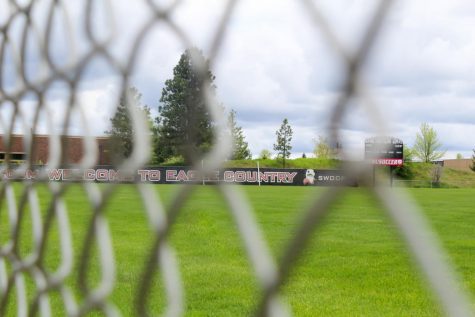
The athletic department was upfront about the uncertainty of fall sports during its presentation to the committee, according to Armstrong-Ash.
The committee is expected to reveal the exact allocation of the SNA fee later this week.
While it is uncertain whether there will be fall sports, Armstrong-Ash said it would be tough to drop the SNA fee from athletic funding, because then if there are sports played, revenue would have to be almost entirely from ticket sales.
“If something shifts, then you don’t have the SNA fund and … the infrastructure isn’t there,” Armstrong-Ash said. You could end up big time in the red if you went that route. What SNA has talked about instead is if there isn’t fall sports, then that $1.7 (million) should roll back into SNA and be available in the future. If we don’t have sports, we’re not going to be spending it.”
EWU isn’t the only school facing financial difficulties surrounding its athletic department.
This may partially be attributed to the NCAA’s rule that in order to play Division I sports, schools must have a minimum of 14 teams. Therefore, according to Armstrong-Ash, sports that make money end up having to pay for the sports that don’t make money.
“There are very few athletics programs in our country that are in the black,” Armstrong-Ash said. “Most of them are in the red. The reason for that is because your money-maker sports end up having to fund a required amount of teams in whatever division they’re in.”
Consideration to drop from Division I would save EWU some cash, but the pay-off isn’t as beneficial as one might think, according to Armstrong-Ash.
“You’re not necessarily on the same national stage,” Armstrong-Ash said. “You don’t get the same PR power throughout the country that we currently have. Athletics has a really good point when they say ‘We’re the living room of the campus.’… when I’m traveling throughout the country, most of the time people know Eastern is because of football and the red turf.”
Hickey admitted that these are extremely challenging times for the athletic department and EWU as a whole. She remains convinced, however, that EWU will come out on the other side in a better place. Other outcomes could be a bleak outlook in Cheney.
“I think the best case scenario … is being able to tighten your belt and reprioritize what’s important in order to keep your program running,” Hickey said. “I’m anticipating even the best scenario is a 2-3 year recovery. The worst case scenario is that you lose your whole campus or you lose your whole program. But I think we’ve got enough support here … that we can all come together and get through this recovery phase and start getting back to where we were. I think we’ll be better (and) we’ll be smarter.”
